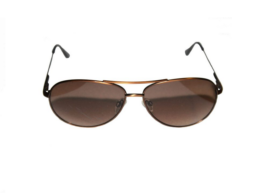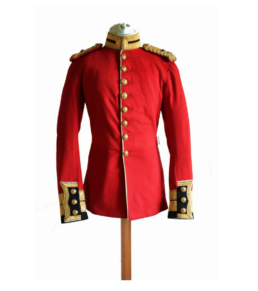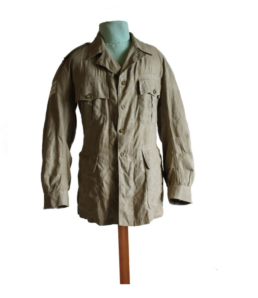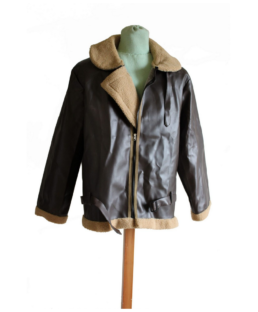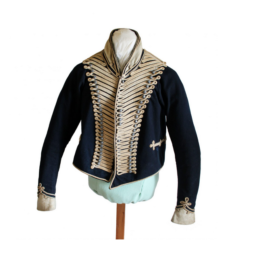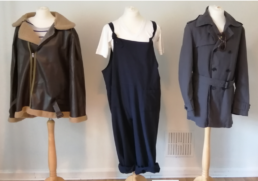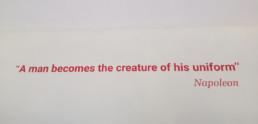FRONTIERS OF FASHION
CURATED BY KATIE SAWYER AT BODMIN KEEP
This exhibition looks at the circular relationship between military and civilian clothing where each borrow elements from the other. Over time military uniforms have moved from glamour to practicality due to changes in warfare and technology. We have mostly forgotten the origins of the iconic white t-shirt or wellington boots, but military style continues to impact the clothes we wear today.History of British Uniform.
The exhibition aimed to appeal to non-military visitors, by mixing historic uniform with modern clothing pieces. Fashion exhibitions have grown in popular in recent years, so Frontiers of Fashion expanded our current range of visitors to those interested in fashion and the history of everyday clothing. Other aims for the exhibition included collaboration with other organisations to build long term relationships, and to improve accessibility through online availability.
CURATORIAL TASK: REFLECTIVE WRITING
Frontiers of Fashion
Frontiers of Fashion was my first exhibition in the summer 2020 at Bodmin Keep: Cornwall’s Army Museum. It covered the circular relationship between military and civilian clothing, as my main area of interest is textiles. Project partners included Sophie Anderton at the National Army Museum, Tim Saunders (military historian) and Liverpool John Moores University Fashion department.
The exhibition aimed to appeal to non-military visitors, by mixing historic uniform with modern clothing pieces. Fashion exhibitions have grown in popular in recent years, so Frontiers of Fashion expanded our current range of visitors to those interested in fashion and the history of everyday clothing. Other aims for the exhibition included collaboration with other organisations to build long term relationships, and to improve accessibility through online availability.
Covid-19 impacted the exhibition by delaying the physical opening and shifting the focus to a digital version. It also resulted in pure remote working on my part, as I moved home to North West England. This led to greater collaboration with my colleagues in Cornwall as well as other organisations, because I was not physically there. I was unable to physically handle objects, see the space or access reliable research texts, which proved challenging at times. However it also made the exhibition more accessible, as all text and object images are available online for free. Covid-19 made the sector feel more connected, so I was more willing to contact fashion history experts for their advice, which they graciously gave.
Other opportunities included writing for publications such as Museum Crush and the Costume Society, which helped to promote the exhibition and improve my writing skills. I also massively increased my knowledge of military fashion and uniform, despite the difficulties of unreliable sources.
Personally I have learnt basic project management skills and that I need to take part in more training to improve my knowledge. Leaving plenty of buffer time for each task was a good idea, as the schedule had to change due to Covid-19 and other delays. Using written planning methods was effective for me, such as a large paper mind map, which helped me to physically see all aspects of the project simultaneously.
Legacies include a design project with Liverpool John Moores University Fashion students, beginning in October 2020. The students will research military uniforms and create their own design, whilst I create video prompts and information to guide them. Their designs will then be featured on our website, with a prize for the winner.
After the physical exhibition closes, the online version will remain free and available to all, which will improve accessibility, especially while potential visitors continue to shield due to coronavirus. At it’s launch in July, Frontiers of Fashionreceived a total of 313 views on the website, the second highest viewed page after the booking page. The Hussars blog, written by Sophie Anderton at the National Army Museum, was read 110 times. The Napoleonic uniform video, produced by Tim Saunders a local military historian, has over 300 views at the time of writing. This shows great audience interest in the content as well as the importance of digital engagement. It will also allow a broader geographic reach than would be possible with physical visitors. Through collaboration with curators and groups, the exhibition and museum has been brought to the attention of new partners, where a relationship can continue to be built.
